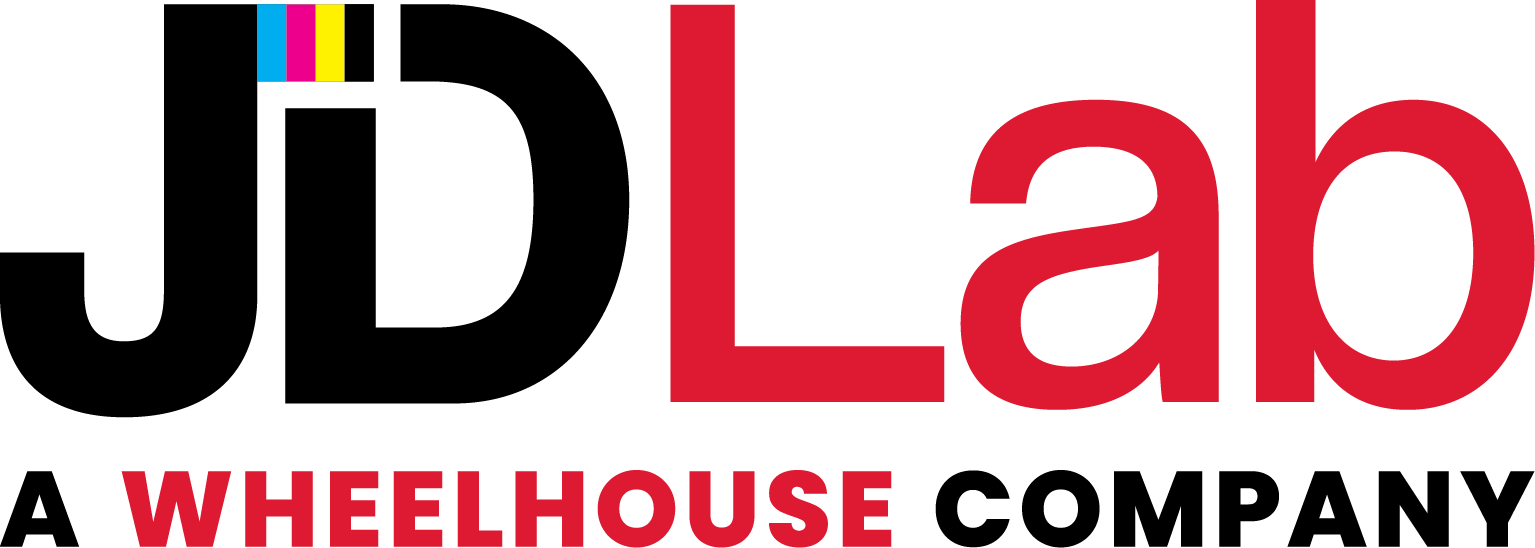Getting Started with Digital Printing
Even the best digital cameras are less forgiving of improperly exposed images compared to film. That is why it is important that you learn to take accurate digital images to ensure the highest quality digital prints.
To make a good digital print, check each item on this list:
- Image File Type – Set your camera to save images using the highest quality JPG file format. For most photographers the image quality benefits of RAW or TIF files do not outweigh the larger file size, slower speed and additional file processing time required. (Learn about RAW).
- Lighting - Set up each exposure using a combination of soft-box or indirect light. Unlike film, digital cameras have a much narrower dynamic range for an acceptable exposure. A bright spot on a film print will look “burned out” in a digital print. A poorly lit dark area will lose all detail on a digital print. You need to maintain density on every image in order for the lab to create a sellable print.
- Color Profile - Confirm that your camera embeds the sRGB profile in each digital image. By default, most professional digital cameras save images using the sRGB ICC color profile.
- Calibration Target – Set your camera to manual and shoot a 3-tone calibration target each time you change the scene/lighting. In a studio setting, you can use the target image to manually white balance your camera. If you shoot outside the studio, you can use the image to white balance subsequent images shot in the same light.
- Density - Use your camera’s histogram feature to generate a graph of the target image. Your histogram should have 3 distinct peaks (black, white and gray). If the peaks are too tall or too short, adjust your camera’s exposure.
- White Balance – Learn the manual white balance feature on your camera. Use the image of the calibration target to set the camera’s white balance during shooting, or use the image to white balance other images later using the camera’s software. If you are shooting underclass or sports photography the calibration target image should be the first image in each camera/background setup and sent to the lab with the order.
